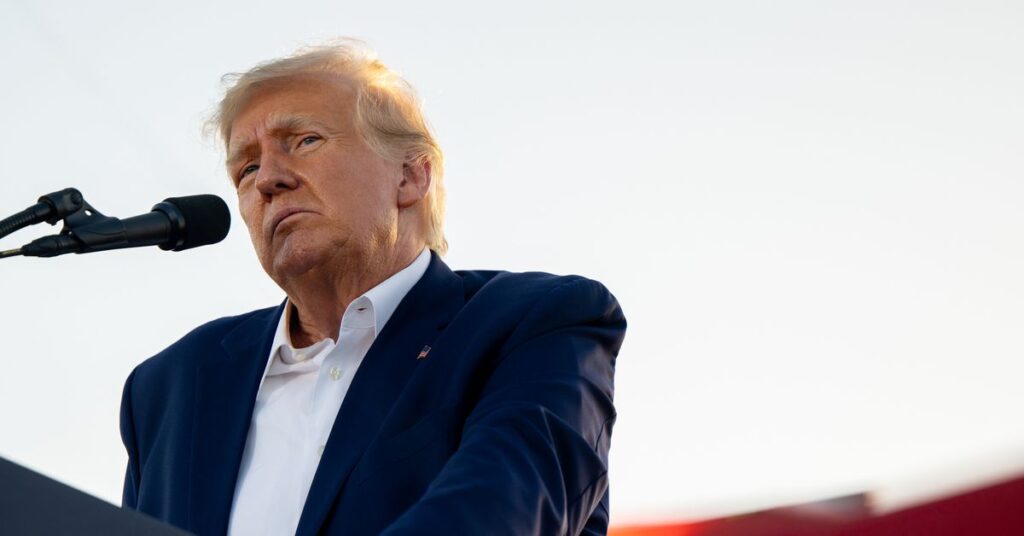One of the great reminders for many Americans during the course of Donald Trump’s two presidential elections was how little the popular vote matters for the White House. Although Trump fell short nationally by 3 million votes in 2016 and 7 million votes in 2020, both elections were breathtakingly close due to the vagaries of the Electoral College. Yet, for as obscure as the Electoral College can seem to some voters, the process by which major party presidential candidates are nominated is far more obscure.
So far, the 2024 Republican presidential primary has captured obsessive media coverage, with Trump recently extending his lead in the polls over Florida Gov. Ron DeSantis, who is expected to announce a run for president soon. But the actual mechanics over how one becomes the Republican nominee have been overlooked. Like a Rube Goldberg machine, determining the Republican candidate for president is a detailed and elaborate process with hundreds of moving parts designed to eventually produce a nominee at the Republican convention in Milwaukee in the summer of 2024.
A presidential primary often follows a well-known script: A broad field of candidates battle it out in early states like Iowa and New Hampshire, which winnow down the hopefuls to a handful before one candidate finally gains overwhelming momentum on Super Tuesday and eventually is heralded as the presumptive nominee. Along the way, candidates amass delegates state by state. In theory, those delegates will support their respective candidates at the party’s convention, where nominees are officially crowned.
But it doesn’t always come together that neatly. Presidential campaigns also have to be prepared for the nomination to be decided at the convention if no clear winner emerges from the primaries, and to take steps to ensure they have the support of a majority of the delegates there. These sorts of convention battles were once a fixture of American politics, although they have become uncommon…
Read the full article here





